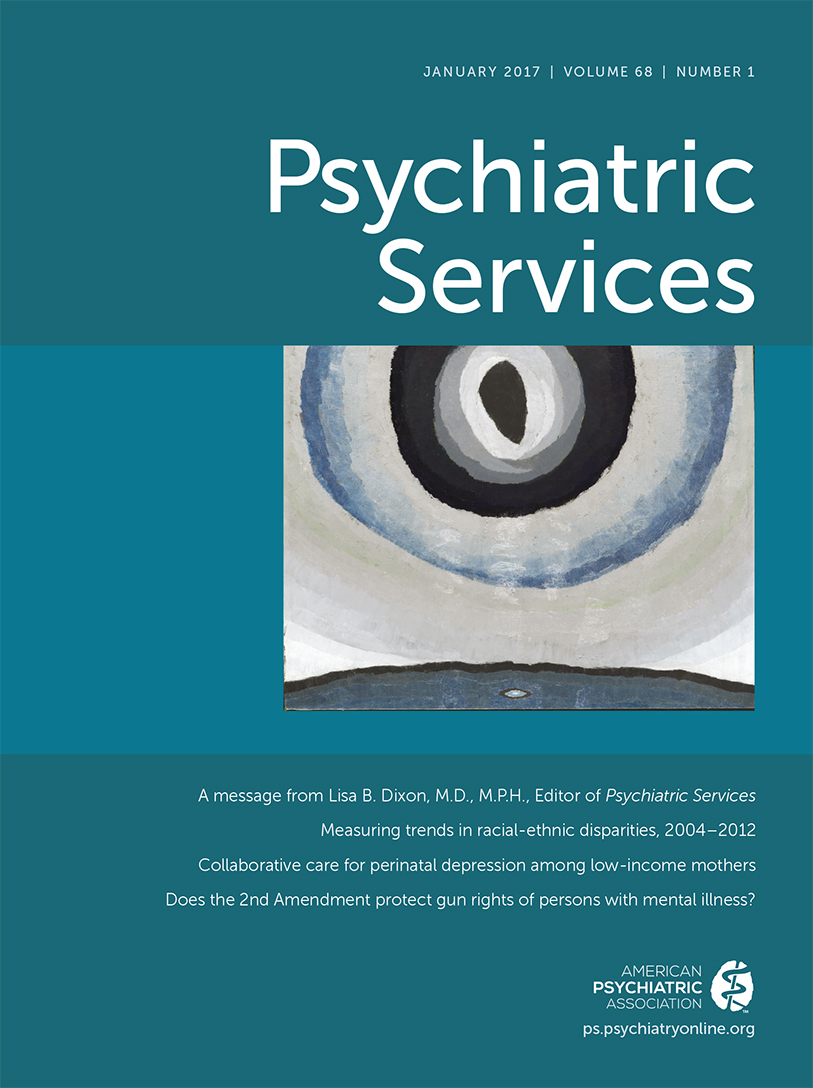Schizophrenia on YouTube
Abstract
Objective:
YouTube (www.youtube.com) is the most popular video-sharing Web site on the Internet and is used by medical students as a source of information regarding mental health conditions, including schizophrenia. The accuracy and educational utility of schizophrenia presentations on YouTube are unknown. The purpose of this study was to analyze the accuracy of depictions of psychosis in the context of a diagnosis of schizophrenia (referred to in this article as “acute schizophrenia”) on YouTube and to assess the utility of these videos as educational tools for teaching medical students to recognize the clinical features of acute schizophrenia.
Methods:
YouTube was searched for videos purporting to show acute schizophrenia. Eligible videos were independently rated by two consultant psychiatrists on two separate occasions 22 days apart for diagnostic accuracy, psychopathology, and educational utility.
Results:
Videos (N=4,200) were assessed against predefined inclusion and exclusion criteria. The majority were not eligible for further analysis, mostly because they did not claim to show a patient with schizophrenia (74%) or contained duplicated content (11%). Of 35 videos that met the eligibility and adequacy criteria, only 12 accurately depicted acute schizophrenia. Accurate videos were characterized by persecutory delusions (83%), inappropriate affect (75%), and negative symptoms (83%). Despite the fact that 83% of accurate videos were deemed to have good educational utility compared with 15% of inaccurate videos, accurate and inaccurate videos had similar view counts (290,048 versus 186,124).
Conclusions:
Schizophrenia presentations on YouTube offer a distorted picture of the condition.



